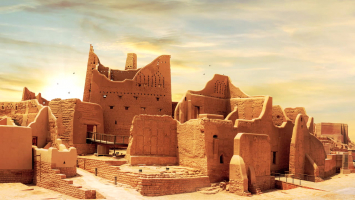Top 7 Most Beautiful Historical Sites in Philippines
The Philippines is a popular tourist destination across the world. Aside from its gorgeous scenery and picturesque tourist destinations, it is also rich in ... read more...history and culture. Filipinos created several monuments and locations to commemorate national heroes' extraordinary sacrifices and elegantly display the country's heritage. These renowned pieces of architecture can grab not only the spectators' eyes but also their hearts. Here are the top 7 beautiful historical sites that everyone should see in Philippines, not only for their historical significance but also for the beauty that humans have managed to preserve for years.
-
One of the most beautiful historical sites in Philipines is Rizal Park. A journey around the metro would be incomplete without a stop at Rizal Park, formerly known as Luneta. Rizal Park is located along Roxas Boulevard and beside Manila Bay. It is renowned as one of the greatest urban parks in Asia and incorporates some of the most important events in Philippine history, including the execution of national hero, Dr. Jose Rizal, on December 30, 1896. In his honor, the urban park was christened Rizal Park.
The Site of Rizal's Execution is located to one side of the monument; at the entrance is a black granite wall etched with Rizal's 'Mi Ultimo Adios' (My Last Farewell). Eight life-size bronze statue tableaux portray the hero's dramatic final moments. Evening light-and-sound events honoring Rizal are regularly held here, but they have been halted indefinitely. They last 30 minutes and are shown every evening in both English and Tagalog.
It is one of the leading historical locations in the Philippines, where Rizal was murdered by a Spanish military firing squad on December 30, 1896, for spreading revolutionary ideas against Spanish authority.
It is becoming one of the Philippines' most popular tourist destinations. The park quickly became a popular place to relax and socialize. On every Sunday and holiday, it is also a popular spot for family bonding and picnics.
Location: Ermita, Manila, Philippines.
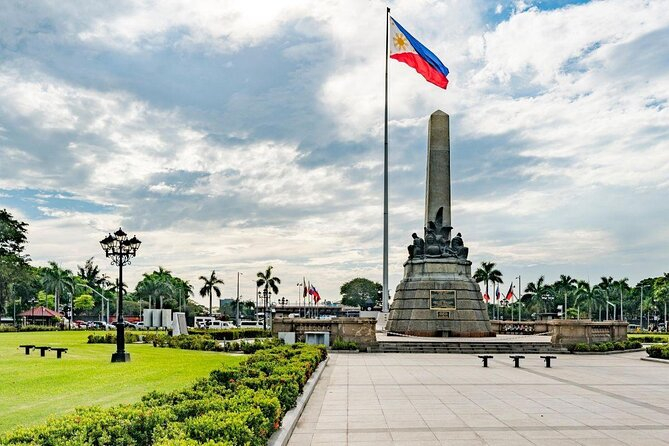
Photo: Viator 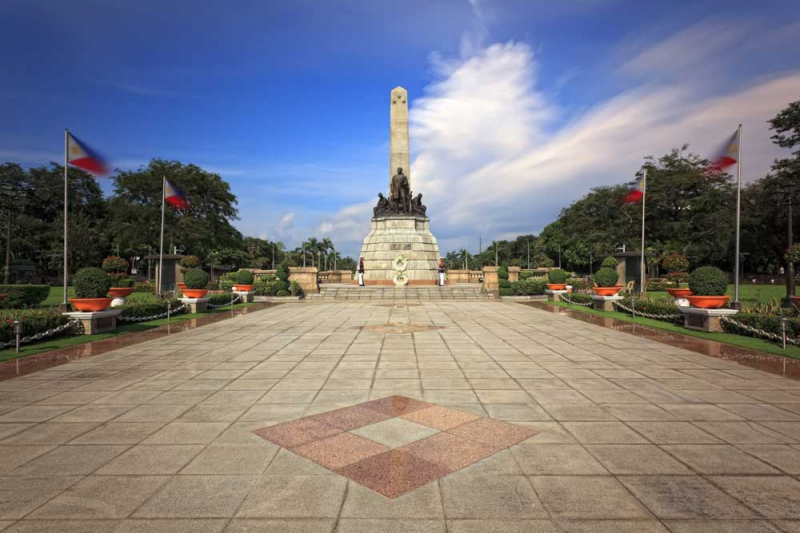
Photo: Gody.vn -
Intramuros, often known as the "Walled City," is Manila's oldest neighborhood. Intramuros is incredibly well kept and remains significantly affected by the old Spanish Era, thus seeing it is like stepping back in time during the Spanish colonization. Intramuros, which was built in the 16th century, is both the old city of Manila and the Philippine seat of government. It withstood multiple foreign invasions, including those by the Netherlands, China, and Portugal, as well as natural calamities.
Centuries-old institutions, like as schools and churches, remained within the Intramuros' walls. One of these is the Colegio de San Juan de Letran, a 1620 college.Manila Cathedral, located within Intramuros, is the seat of the Roman Catholic Archdiocese of Manila and has been visited by numerous popes, including Pope John Paul II, Pope Paul VI, and, most recently, Pope Francis. The San Agustin Church, Manila's oldest structure, is situated in Intramuros. It was erected in 1607. The San Agustin Church and the Manila Cathedral are the last of the seven churches that exist in Intramuros.
Intamuros is also home to the historic Fort Santiago, a castle that defends the old city of Intramuros. Fort Santiago was built by Miguel Lopez de Legazpi, a Spanish conqueror, and is where Dr. Jose Rizal spent his last days on earth, imprisoned here before being killed, and where countless lives were lost in its cells. The triangle fort includes bastions on each corner and a circumference of 2030 feet.
Location: Manila.
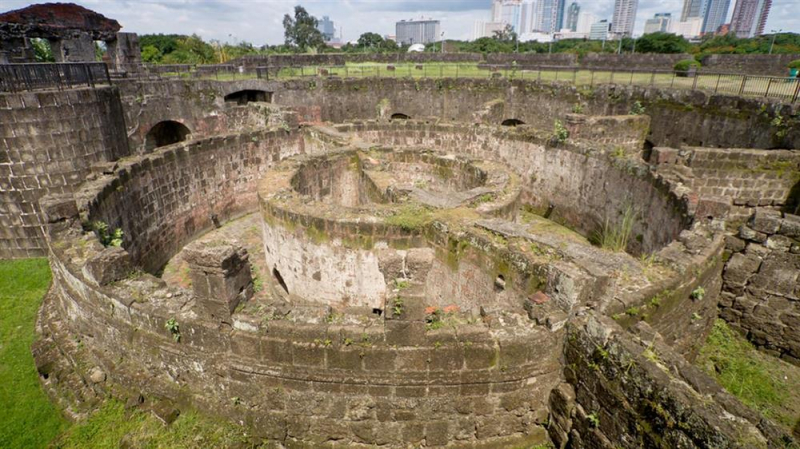
Photo: divui.com 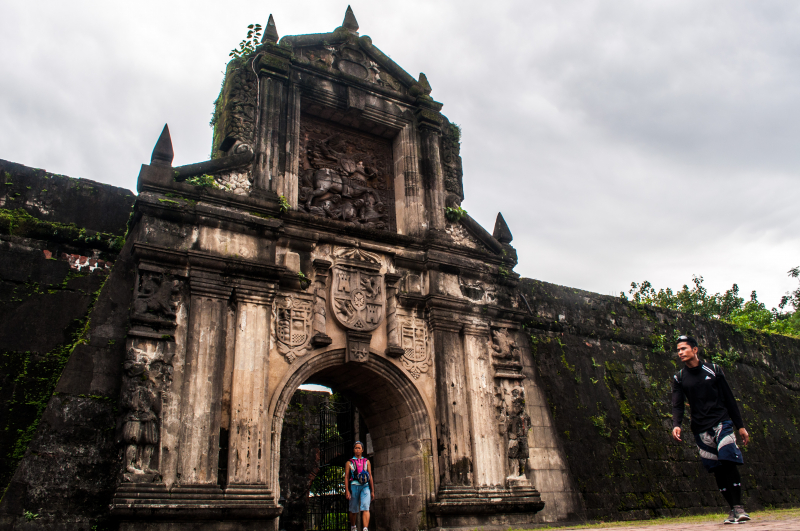
Photo: Wikipedia -
Binondo, founded in 1594, is the world's earliest and oldest Chinatown and is also one of the most beautiful destinations when you pay a visit to Philipines. That alone makes this a worthwhile historical stop. The strategic position close outside Intramuros allowed Chinese Catholic immigrants to continue trade while being controlled by the Spanish authority in the 16th century. Even today, the region remains a hive of trade and business, dominated by Filipino-Chinese inhabitants.
Binondo's vibrant and superb culinary scene is one of its key charms. There are several gourmet jewels dispersed across this vast food center, the most of which can only be found in Binondo. Other well-known items have spread, but local tourists continue to visit the source of their cherished Binondo grubs.
Binondo is a center of commerce, finance, and trade in Manila for all sorts of enterprises. Escolta Street is an essential part of the Manila Chinatown experience. The street is a shopping hub in Manila, where many luxury goods used to be displayed in the historic art-deco buildings. It, like Ongpin Street, is still known for its gold and jewelry merchants.
The Divisoria retail mall on Commercio Street is a local icon and a meeting place for suppliers, shoppers, and bargain hunters. Ongpin Street, Escolta Street, Plaza San Lorenzo Ruiz, and Binondo Church are also worth seeing.Location: Manila.
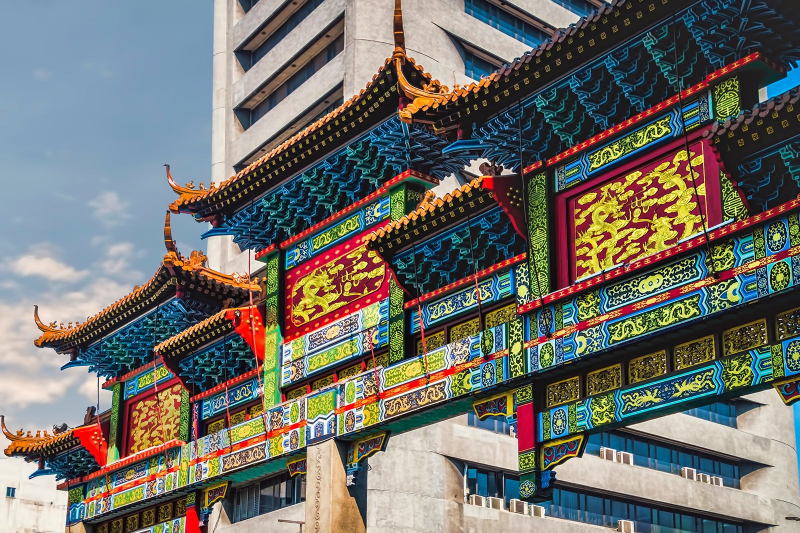
Photo: hotels.com 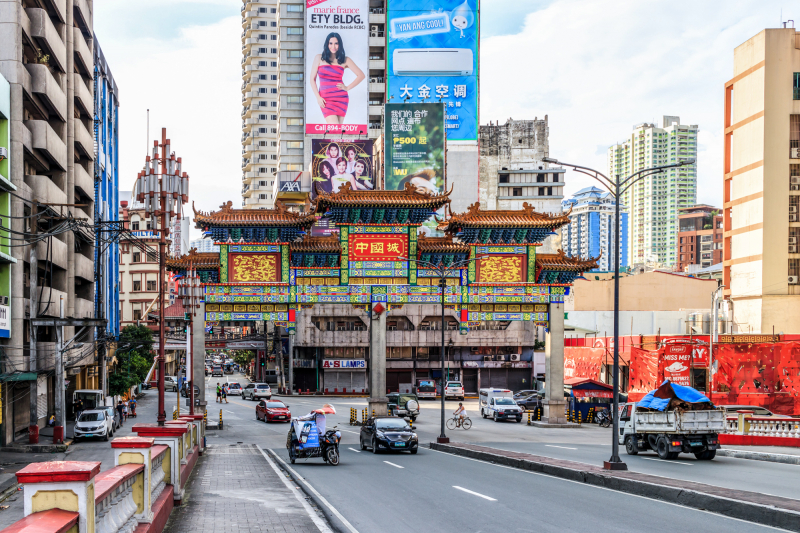
Photo: culture trip -
The EDSA Shrine, also known as the Shrine of Mary, Queen of Peace, and Our Lady of EDSA, is a tiny Roman Catholic Archdiocese of Manila shrine located in Quezon City at the junction of Ortigas Avenue and Epifanio de los Santos Avenue (The EDSA Shrine, also known as the Shrine of Mary, Queen of Peace, and Our Lady of EDSA, is a tiny Roman Catholic Archdiocese of Manila shrine located in Quezon City at the junction of Ortigas Avenue and Epifanio de los Santos Avenue (EDSA). It is a memorial commemorating the first People's Power Revolution and its peaceful conclusion on December 15, 1989. It was the site of the two demonstrations that ousted Ferdinand Marcos and Joseph Estrada's presidencies. This memorial is a towering reminder that fighting for freedom does not have to be a bloody endeavor. Rather, it may be accomplished peacefully and without loss of life.
The Shrine was constructed by architect Mañosa to symbolize the freedom of movement and joyous spirit of the original EDSA Revolution. The Shrine will face the streets, with the late artist Virginia Ty-bronze Navarro's sculpture of Our Lady of Queen of Peace constituting the top of the edifice. The promenade is accessible from EDSA and Ortigas Avenue through cascading steps and ramps. This plaza's center faces the intersection of the two main highways and has become the scene of the Eucharistic ceremony conducted each year to commemorate the People Power Revolution.). It is a memorial commemorating the first People's Power Revolution and its peaceful conclusion on December 15, 1989. It was the site of the two demonstrations that ousted Ferdinand Marcos and Joseph Estrada's presidencies. This memorial is a towering reminder that fighting for freedom does not have to be a bloody endeavor. Due to reasons above, EDSA Shrine is worthy to rank number 4 on our list of the most beautiful historical sites in Philipines.Location: Corner Ortigas Ave, Ortigas Center, Quezon City, 1100 Metro Manila, Philippines.
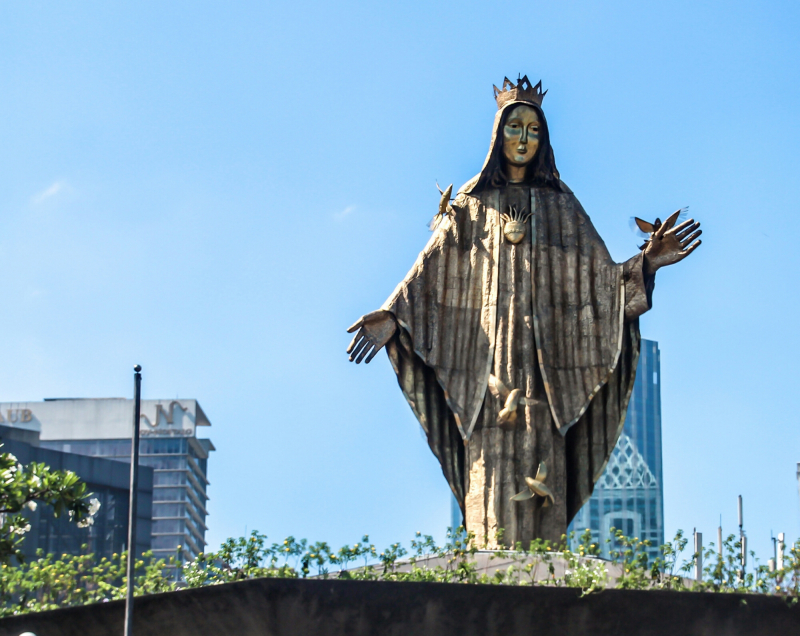
Photo: photo ni ompong 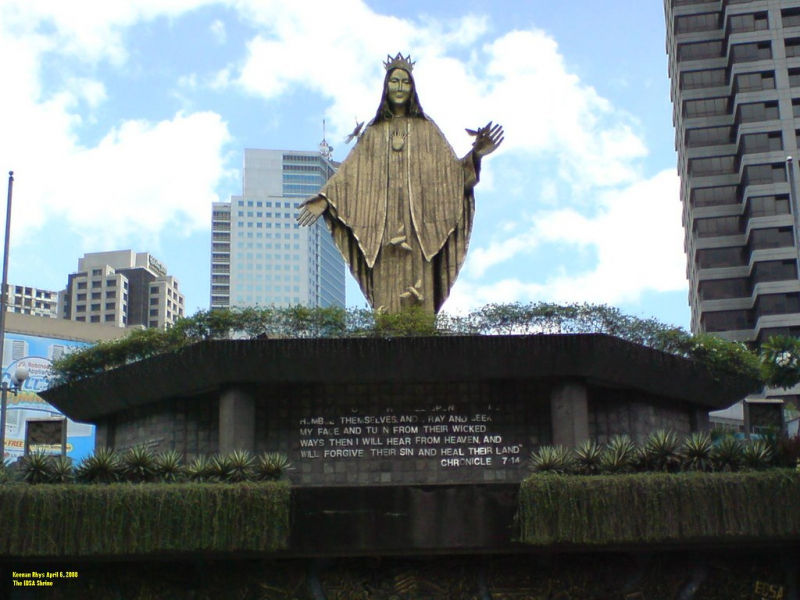
Photo: Flickr -
Banaue Rice Terraces were built by the indigenous inhabitants of Ifugao centuries ago and were designated a National Cultural Treasure by the government in 1973.
The rice terraces are located on the island of Luzon's Cordilleras. The Ifugao, wet-rice agriculturalists who began building the terraces during the 1st century CE, have long lived in the secluded territory around 220 miles (350 km) from Manila. Despite having just rudimentary tools, the Ifugao built an engineering marvel: a massive network of rice terraces supported by an intricate irrigation system. According to sources, the terraces, which resemble steps cut into the slope, encompass over 4,000 square miles (10,360 square kilometers), and their entire length is believed to be approximately 12,500 miles (20,100 kilometers), almost half the Earth's diameter. While the rice terraces were crucial to the Ifugao economy, they also performed a cultural purpose, necessitating extensive community participation.
These terraces represent the Ifugao people's culture, which was heavily impacted by rice farming and agriculture. The importance of these terraces may be seen in the numerous agricultural ceremonies associated with rice production. The traditional and indigenous techniques used to create the terraces demonstrate the Ifugao people's great understanding of earthwork, masonry, irrigation, and the maintenance of the rice terraces' integrity.
Due to the existence of contemporary constructions in the region, the Banaue Rice Terraces are not listed on the UNESCO World Heritage List under the Rice Terraces of the Philippine Cordilleras. Two of the five named, however, are not far distant — the Batad Rice Terraces and the Bangaan Rice Terraces. The Banaue Rice Terraces may be observed from many viewpoints along the main route (Nueva Vizcaya-Ifugao-Mountain Province Road).
Location: Ifugao, Philippines
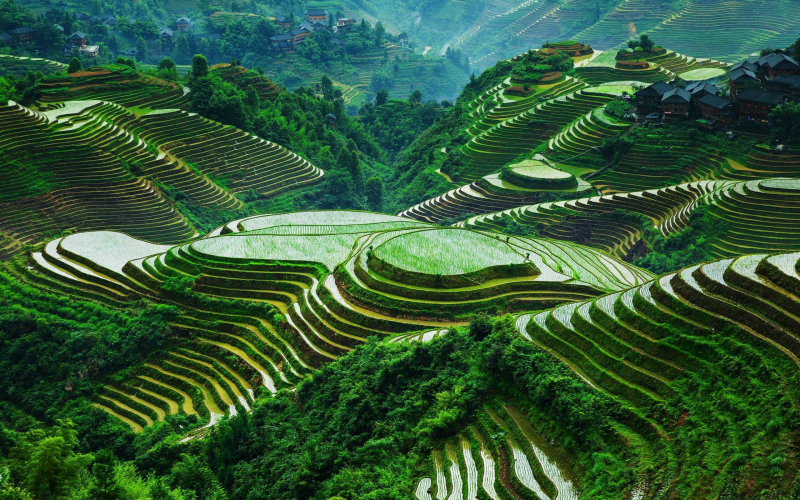
Photo: Banaue Rice Terraces 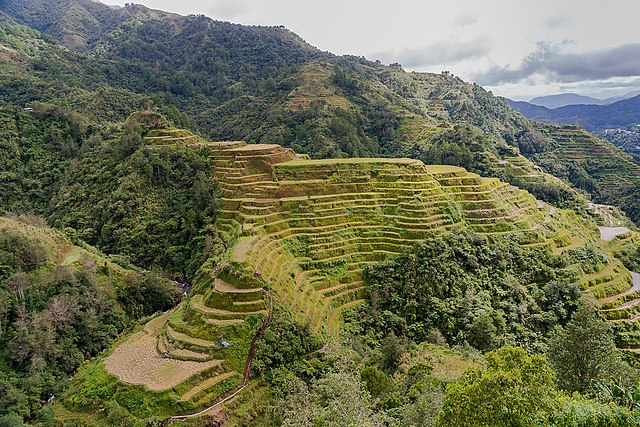
Photo: Wikipedia -
Corregidor, often known as "the Rock," is well-known for its significant historical attractions and it is one of the most beautiful historical sites in Phil. When the Japanese invaded the Philippines, Corregidor became the Allied Forces' headquarters as well as the site of the Philippine Commonwealth government. Corregidor's massive weapons, which were employed in support of Filipino and American Bataan defenders, are now quiet, but the destruction witnessed on the island's houses, structures, and tunnels continues to tell a very emotional narrative of a conflict that has lost so many lives. A trip to this ancient battleground is an unforgettable experience, particularly for individuals who appreciate and cherish freedom and peace.
The lighthouse, which was built in 1853, is the oldest monument on the island, although much of this lush tropical island is dominated by ruins from World War II. Along with military and battery structures, there are stores, a movie theater, and a swimming pool, all of which were built by soldiers stationed here many years ago.
Corregidor is only accessible by guided tour because it is a classified national monument. Sun Cruises offers tours that depart from the pier close to the port square, near to the Manila Yacht Club. Corregidor island departures occur twice daily throughout the week and three times on weekends. The guides are experienced and pleasant, and many of them are ex–servicemen. There is also a tiny hotel on the island, so you may stay overnight and take advantage of the island's after-dark tours.
Location: Manila Bay.
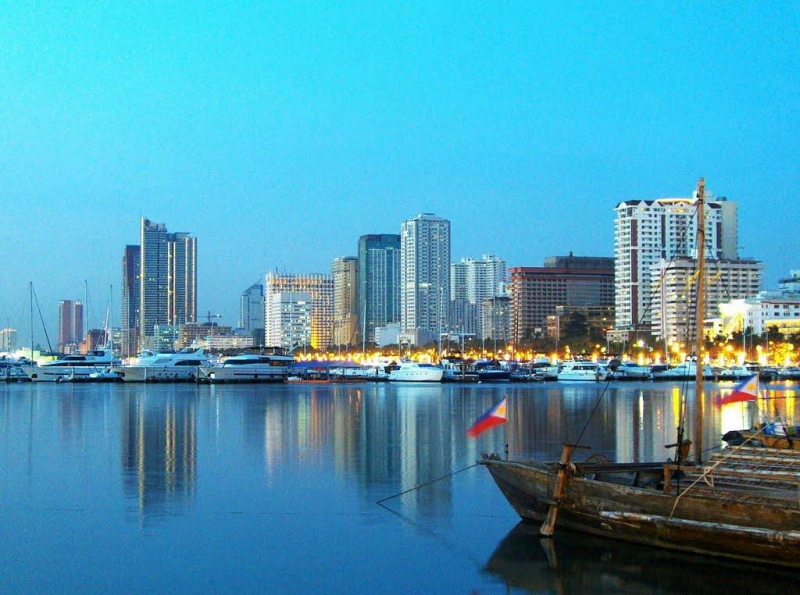
Photo: tripadvisor 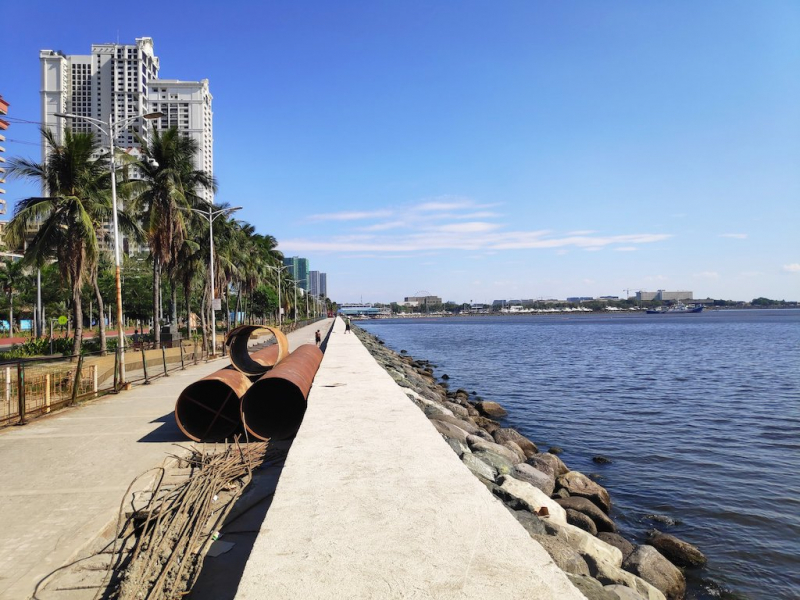
Photo: Nolisoli -
The history of the Barasoain Church, also known as Our Lady of Mount Carmel Church, is rich. The ancient church, designated as a National Shrine, was the venue of the First Philippine Republic's Constitutional Convention, making the Philippines the first Asian government to issue a constitution. It served as the seat of the First Philippine Republic from September 15, 1898, until the last week of February 1899, under Pedro Paterno's presidency. The Universidad Literaria Cientifica de Filipinas was founded in its convent. It also has a light and sound exhibit run by the National Historical Institute.
The Barasoain Church is made up of two buildings: the church and the accompanying convent. Visitors are drawn in by the curving facade, rose window, and medieval bell tower. The inside is decorated with floral patterns and murals of angels and saints. It features murals on its ceilings and domes that make it appear larger than it is.
Following the destruction of the old church by fire in 1884, the edifice underwent various restorations. It appears quite similar to how it looked during Emilio Aguinaldo's time.
The historical Barasoain Church is located in the center of Malolos, Bulacan. It is only 42 kilometers from Manila and is readily reached by public transportation.
Location: Malolos, Bulacan.
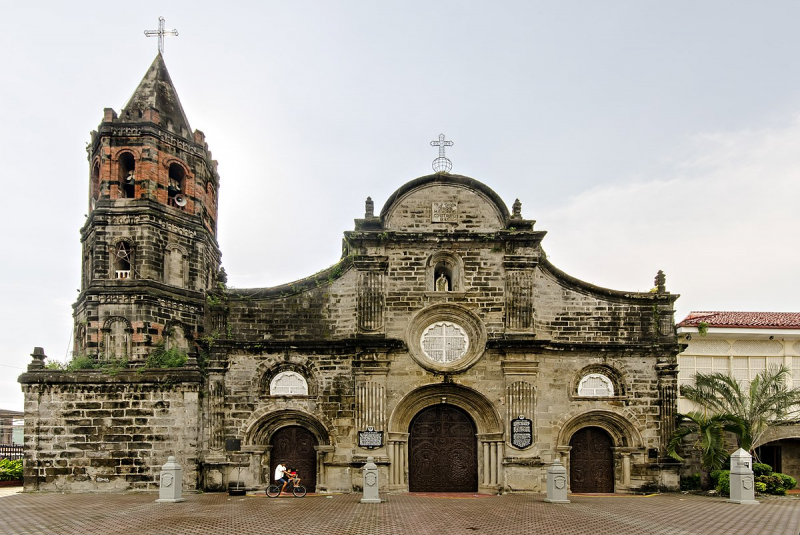
Photo: Wikipedia 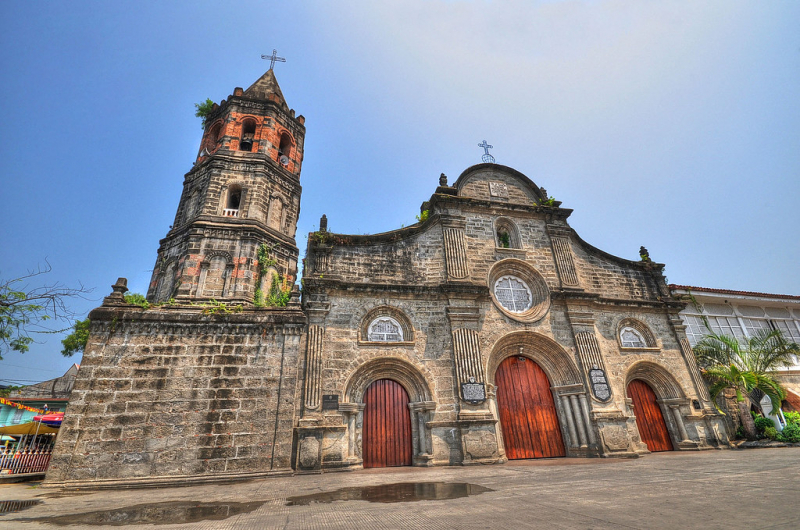
Photo: Wikipedia




























